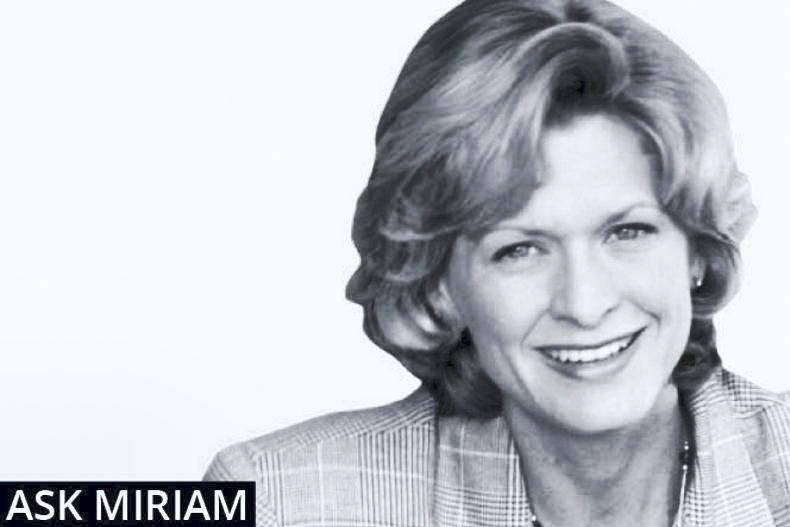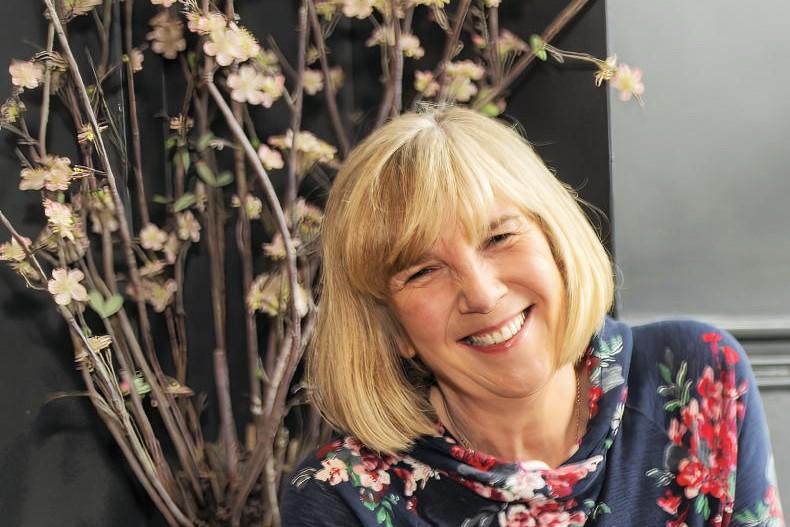This month I’d like to focus on some of our most important relationships. Namely, those we have with our immediate family – our mothers, fathers, sons, daughters, sisters and brothers.
These crucial relationships are a constant in our lives. They’ve been with us from birth, unlike romantic relationships or indeed friendships and they are for that very reason, sometimes taken for granted and not given the respect, time, patience and love that they deserve. These relationships in their lifetime endure an abundance of ups and downs, things said in anger or fear, hurt or anguish, even in immaturity!
These uncomfortable interactions can have a lasting effect, often on a subconscious level, which in turn can tarnish our view of who or indeed what that family member is or is not, for forever more. As part of the human condition, we hold onto all events that rattle us, unless we take time to untangle and process them.
So today, let’s look at how we could even begin to try to process how a relationship with a family member works. I’d suggest working through these familial relationships one at a time and I’d also recommend starting with the one that causes you the least upset.
Now, the most beneficial thing to do – which of course is often the most difficult thing to do – will be to try to employ the concept of beginner’s eyes. A part of the brain called the hippocampus helps us to link old experiences to new experiences (in order to make us more efficient in many things), so in any interaction within a familiar relationship, we immediately recognise patterns.
“Oh, I’ve seen this before, I know how he/she is going to react/behave, so this is how I’ll react/behave.” And on it goes in a never-ending cycle of believing this is how we are together, believing that we just don’t get on and that’s that!
When the aforementioned scenario plays out, we have undoubtedly gone into the present exchange with previous exchanges at the forefront of our minds. This doesn’t allow us space to observe this current exchange as a new experience, which of course it is.
Because you’ve never had this moment before, you need to deliberately direct your attention to what is happening in this moment; not to go immediately to the default position of the recognisable pattern of what always happens.
It’s amazing how an action like this on your part can have a disarming effect on your other family member, so in time, you both begin to see each other as you are now, not as the version of the person you have created based on your previous exchanges with them.
Mindfulness exercise
The next time you encounter a family member – even the ones you have your best relationships with – try to really see them as they are, in this moment. It’s astounding how beautiful relationships can be when the other person really sees you and actually hears what you are saying, as many of us listen while formulating our response rather than feeling what’s actually being said.
I always think the most fulfilling relationships are where both parties can be themselves and be loved nevertheless; whether they’re grumpy or sad, happy or angry, you never lose sight of the love.
The wonderful thing is all relationships can be like this if we sprinkle them liberally with love and compassion for we’re all only human and as humans we are complex and as immediate family we often share traits that can be tricky to navigate.
However, many people out there long to have a sibling, parent or child and don’t, so if you are one of the lucky ones who has, try to put a little bit of gentle work, love and compassion into all your relationships. You might be genuinely amazed at what a difference that can make to your entire family dynamic.
If this seems too difficult to begin with, how about deciding to look with beginner’s eyes to see the parts of your family member that you like and love rather than only seeing the bits you don’t like or find difficult to deal with.
Physical exercise
Seeing as we’re talking about the eyes, we should really give those peepers a work out. For this one you can either sit or stand. Hold the right arm out in front of you with a straight elbow and the thumb pointing upwards. Keep your head still and focus your eyes on the thumb. Draw a figure eight with your thumb, keeping the elbow straight all the time and your eyes on your thumb all the time. Repeat this exercise five times each in clockwise and anti-clockwise direction. Next repeat the process with the left thumb.
When you have completed the process with the left thumb, you can rub the palms of the hands vigorously together to create some warmth and heat.
Close your eyes and place those warm hands over your eyes and when you’re ready, you can slowly open those eyes into the warmth and darkness of your own hands. Pause here until you feel ready to look at your surroundings once again.
Something to ponder
Everything we see depends on how we look at it.
Read more
Mindfulness: why enough is enough
Mindfulness: turn 'what if' to 'what is'
This month I’d like to focus on some of our most important relationships. Namely, those we have with our immediate family – our mothers, fathers, sons, daughters, sisters and brothers.
These crucial relationships are a constant in our lives. They’ve been with us from birth, unlike romantic relationships or indeed friendships and they are for that very reason, sometimes taken for granted and not given the respect, time, patience and love that they deserve. These relationships in their lifetime endure an abundance of ups and downs, things said in anger or fear, hurt or anguish, even in immaturity!
These uncomfortable interactions can have a lasting effect, often on a subconscious level, which in turn can tarnish our view of who or indeed what that family member is or is not, for forever more. As part of the human condition, we hold onto all events that rattle us, unless we take time to untangle and process them.
So today, let’s look at how we could even begin to try to process how a relationship with a family member works. I’d suggest working through these familial relationships one at a time and I’d also recommend starting with the one that causes you the least upset.
Now, the most beneficial thing to do – which of course is often the most difficult thing to do – will be to try to employ the concept of beginner’s eyes. A part of the brain called the hippocampus helps us to link old experiences to new experiences (in order to make us more efficient in many things), so in any interaction within a familiar relationship, we immediately recognise patterns.
“Oh, I’ve seen this before, I know how he/she is going to react/behave, so this is how I’ll react/behave.” And on it goes in a never-ending cycle of believing this is how we are together, believing that we just don’t get on and that’s that!
When the aforementioned scenario plays out, we have undoubtedly gone into the present exchange with previous exchanges at the forefront of our minds. This doesn’t allow us space to observe this current exchange as a new experience, which of course it is.
Because you’ve never had this moment before, you need to deliberately direct your attention to what is happening in this moment; not to go immediately to the default position of the recognisable pattern of what always happens.
It’s amazing how an action like this on your part can have a disarming effect on your other family member, so in time, you both begin to see each other as you are now, not as the version of the person you have created based on your previous exchanges with them.
Mindfulness exercise
The next time you encounter a family member – even the ones you have your best relationships with – try to really see them as they are, in this moment. It’s astounding how beautiful relationships can be when the other person really sees you and actually hears what you are saying, as many of us listen while formulating our response rather than feeling what’s actually being said.
I always think the most fulfilling relationships are where both parties can be themselves and be loved nevertheless; whether they’re grumpy or sad, happy or angry, you never lose sight of the love.
The wonderful thing is all relationships can be like this if we sprinkle them liberally with love and compassion for we’re all only human and as humans we are complex and as immediate family we often share traits that can be tricky to navigate.
However, many people out there long to have a sibling, parent or child and don’t, so if you are one of the lucky ones who has, try to put a little bit of gentle work, love and compassion into all your relationships. You might be genuinely amazed at what a difference that can make to your entire family dynamic.
If this seems too difficult to begin with, how about deciding to look with beginner’s eyes to see the parts of your family member that you like and love rather than only seeing the bits you don’t like or find difficult to deal with.
Physical exercise
Seeing as we’re talking about the eyes, we should really give those peepers a work out. For this one you can either sit or stand. Hold the right arm out in front of you with a straight elbow and the thumb pointing upwards. Keep your head still and focus your eyes on the thumb. Draw a figure eight with your thumb, keeping the elbow straight all the time and your eyes on your thumb all the time. Repeat this exercise five times each in clockwise and anti-clockwise direction. Next repeat the process with the left thumb.
When you have completed the process with the left thumb, you can rub the palms of the hands vigorously together to create some warmth and heat.
Close your eyes and place those warm hands over your eyes and when you’re ready, you can slowly open those eyes into the warmth and darkness of your own hands. Pause here until you feel ready to look at your surroundings once again.
Something to ponder
Everything we see depends on how we look at it.
Read more
Mindfulness: why enough is enough
Mindfulness: turn 'what if' to 'what is'









SHARING OPTIONS